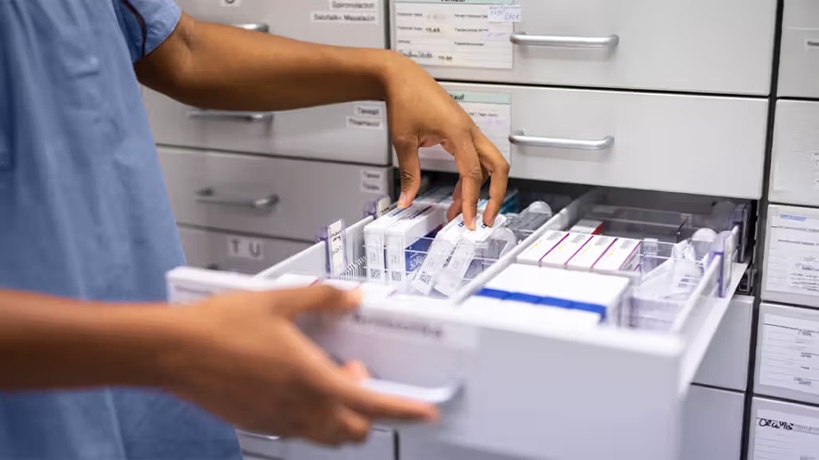Automatic prescription refills eliminate the risk of running out of essential medications by creating scheduled reorder systems that maintain continuous treatment without manual intervention. These automated systems prove particularly valuable for patients managing chronic conditions requiring ongoing medication adherence. Digital automation removes the burden of remembering refill dates while ensuring medications arrive before supplies expire. Modern healthcare platforms streamline this process through user-friendly interfaces that accommodate various medication schedules and delivery preferences through NextClinic.
Initial account configuration
Setting up automatic refills through prescriptions online begins with creating comprehensive patient profiles that include complete medication lists, dosage information, and preferred delivery schedules. This initial configuration process requires accurate input of prescription details, including medication names, strengths, quantities, and prescribing physician information. Account setup includes establishing payment methods, insurance information, and delivery addresses that will be used for all future automatic orders. Verifying this information during initial setup prevents delays or errors when automated refills begin processing according to programmed schedules.
Medication selection criteria
Automatic refill systems allow patients to select which medications should be included in automated reordering while excluding others that require manual oversight. This selective approach accommodates different medication types and patient preferences for managing various treatments. Patients typically automate maintenance medications for chronic conditions while manually managing short-term treatments or medications with changing dosages. This flexibility ensures appropriate medications receive automation while maintaining physician oversight for treatments requiring regular adjustment or monitoring.
Timing customisation options
- Refill frequency settings accommodate different prescription durations from weekly to quarterly schedules
- Lead time adjustments ensure medications arrive with adequate buffer time before current supplies expire
- Holiday scheduling considerations prevent delivery conflicts during vacation periods or major holidays
- Seasonal timing modifications accommodate changing medication needs throughout different times of year
- Emergency override capabilities allow immediate refill requests when unexpected circumstances arise
- Pause options temporarily suspend automatic refills during hospitalisation or treatment changes
These timing controls provide patients with complete flexibility over when and how often automatic refills occur while maintaining the convenience of not remembering refill dates manually.
Payment automation setup
Automated payment systems ensure seamless transaction processing when prescription refills are generated without requiring manual approval for each order. These systems link secure payment methods to patient accounts while maintaining fraud protection and transaction monitoring. Payment automation includes backup payment method configuration to prevent refill delays if primary payment sources become unavailable. This redundancy ensures medication continuity even when credit cards expire or banking information changes between refill cycles.
Monitoring and adjustment controls
Automatic refill systems include comprehensive monitoring tools that allow patients to track upcoming refills, modify schedules, and adjust medication lists as treatments evolve. These controls ensure automation serves patient needs rather than creating inflexible systems that cannot adapt to changing health requirements. Patient dashboards display upcoming refill dates, recent order history, and delivery tracking information for all automated prescriptions. These monitoring interfaces also provide options to modify or cancel upcoming refills when treatment plans change or medications are no longer needed.
Automatic prescription refills transform medication management from a reactive task requiring constant attention to a proactive system that maintains treatment continuity without patient intervention. These systems prove especially valuable for patients managing multiple chronic conditions where medication adherence directly impacts health outcomes and quality of life through reliable, automated healthcare delivery.

